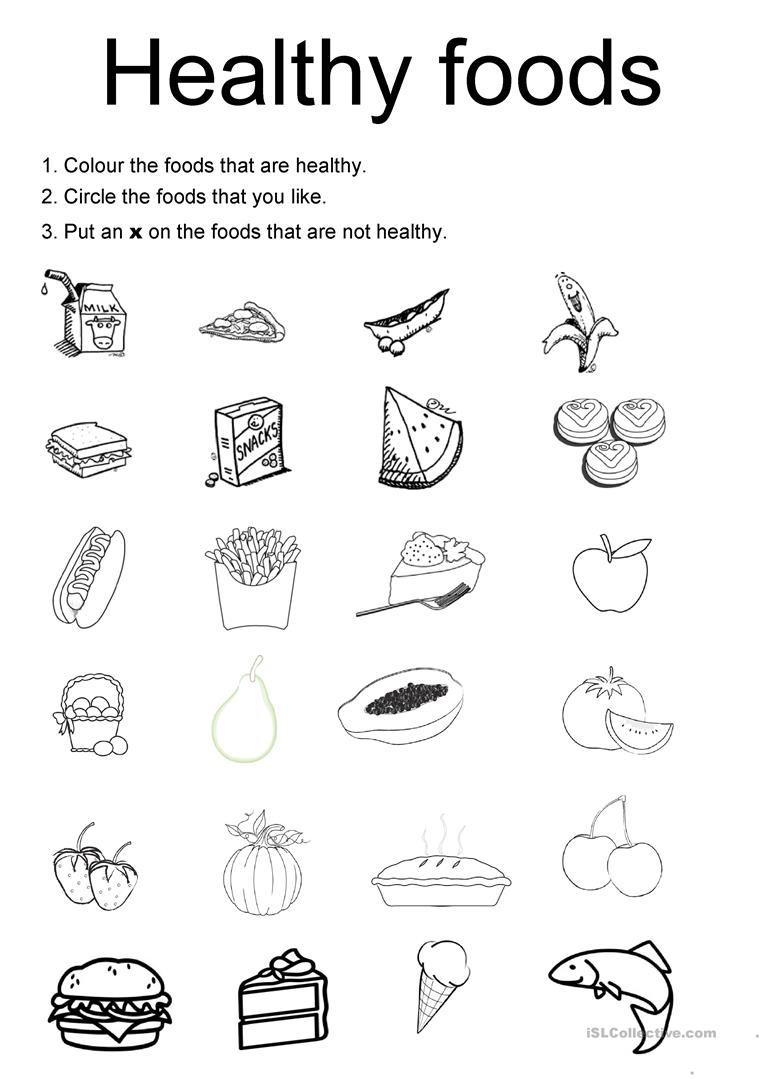
Many people are curious about the proper portion sizes. Since years, health conscious people have been asking this question. It is important to eat the right portions in order to maintain a healthy weight and a healthy diet. Proper portion control can make all the difference in helping to reduce calories and maintain a healthy weight. Here are some tips to help you keep your meals in a manageable range. The palm of your hand can be used as a guide. As an example, the size of your closed fist indicates the amount protein, carbohydrate and fat in a meal.
You should measure the portion of food you eat. One-third of the food is in a bowl and the rest are vegetables and fruits. It is important to ensure that all meals contain some type of vegetables, fruit, or carbohydrates. The correct portion sizes should be divided into corresponding meal portions and you can do this by tracking the calories in each.

A portion is how much food you should eat. Your palm should measure the size of a piece of meat, poultry, fish, vegetable, or other food item. Starchy carbs like pasta, rice, bread and potatoes should be about the same size as a clenched fist. Your hands should have the same volume as one cup of icecream. You can use your thumb, middle finger and index finger to make a small dessert.
The size of your portion control plate will depend upon your personal preferences, household budget, and other factors. Next, determine how many you want. In order to avoid overeating, a plate should be chosen with the correct proportions. The size of a serving is the same for each meal. The same goes for a glass of juice or fruit. The right amount of calories in a glass of juice is just enough for a small serving.
The portion control plate should be able to meet your needs and fit within your budget. It will also help you manage your portion size. You should have the same size plate as your plate. The right size is also important for your health. The right amount of food is necessary to maintain a healthy body. You don't have to adhere to the recommendations. The best thing to do is find the plate that suits your needs. This will allow you to achieve your best health and weight.

You can also read the nutrition facts label to control the portion size. You will find the Nutrition Facts information on the label. This will show you how much you can eat of the product. Once you understand the concept, it will become second nature to you to eat the right amount. Healthy eating habits will help you feel fuller sooner. A small plate will be more convenient for you, and it will help you control your portions.
FAQ
What are 7 tips for a healthy and happy life?
-
Make sure you eat right
-
Exercise regularly
-
Sleep well
-
Drink lots of water
-
Get enough rest
-
Happy!
-
Smile often.
What's the difference between a virus & a bacterium?
A virus, a microscopic organism, is incapable of reproducing outside its host cell. A bacterium, a single-celled organism, reproduces by splitting into two. Viruses measure only 20 nanometers in diameter, but bacteria is up to 1 millimeter in size.
Viruses are usually spread through contact with infected bodily fluids, including saliva, urine, semen, vaginal secretions, pus, and feces. Bacteria are often spread via direct contact with contaminated surfaces or objects.
Viruses can get into our bodies through cuts and scrapes on the skin, bites, and other injuries. They can also be transmitted through the eyes, nose, mouth, ears, rectum, and anus.
Bacteria can enter the body through wounds. They can also enter our bodies from food, water, soil, dust, and animals.
Both bacteria and viruses can cause illness. Viruses cannot multiply in their host cells. So they only cause illnesses when they infect living cells.
Bacteria can spread within the host and cause illness. They can invade other areas of the body. They can even invade other parts of the body, which is why antibiotics are necessary to eradicate them.
Is being cold bad for your immune system?
Cold causes a decrease in immune system strength. This is because white blood cells are less effective at fighting infection. However, being cold also makes you feel better because your body releases endorphins into your brain which reduce pain.
Is cold a sign of a weak immune response?
According to some, there are two types: people who love winter or those who hate it. You may wonder why you feel so bad when it's cold, regardless of whether you love it or hate it.
The answer lies in the fact that our bodies are designed to function best during warm weather. We evolved to thrive in hot environments because of the abundance of food resources.
But now we live in an environment that is very different from how our ancestors lived. We spend more time indoors than ever before, and are often exposed both to cold and heat extremes.
As a result, our bodies aren't used to such extremes anymore. So, when we do venture outside, we often feel exhausted, sluggish, or even sick.
These effects can be reversed, however. You can combat these effects by making sure you are well-hydrated all day. If you drink plenty of water, you'll help keep your body properly hydrated and flush toxins from your system.
Another important step is to ensure that you're eating healthy meals. The best way to maintain your body's optimal temperature is by eating nutritious food. This is especially true for people who spend long hours indoors.
Finally, consider taking a few minutes each morning to meditate. Meditation can relax your mind and make it easier manage stress and illness.
How do I find out what's best for me?
You must listen to your body. Your body will tell you how much exercise, nutrition, and sleep you need. To avoid overdoing it, it's important that you pay attention to what your body is telling you. Be aware of your body and do what you can to maintain good health.
Do I need to count calories
You might wonder, "What's the best diet for me?" or "is counting calories necessary?" Well, the answer depends on several factors including your current health status, your personal goals, your preferences, and your overall lifestyle.
The Best Diet For Me: Which One Is Right?
The best diet depends on me, my health, my goals, my preferences and my overall lifestyle. There are many different diets, some good and some not so good. Some diets work for some people, while others are not. What should I do? How do I make a good decision?
This article aims at answering these questions. It starts with a brief introduction of the different types of diets available today. After that, you will learn about the pros and disadvantages of each type. We'll then discuss how to choose which one is best for you.
Let's begin by briefly reviewing the different types and diets.
Diet Types
There are three main types. Low fat, high proteins, and ketogenic. Let's discuss them briefly below.
Low Fat Diets
A low fat diet is a diet that restricts the amount of fats consumed. This is done by reducing your intake of saturated oils (butter, cream cheeses, etc.). and replacing them with unsaturated fats (olive oil, avocados, etc.). Low fat diets are often recommended to those who wish to lose weight quickly. This diet can cause problems such constipation as heartburn, indigestion, and even stomach pain. In addition, it may lead to vitamin deficiencies if a person doesn't get enough vitamins from their food.
High Protein Diets
High protein diets reduce carbohydrates to favor of proteins. These diets are more protein-rich than others. They are meant to help build muscle mass and burn more calories. However, they might not provide enough nutrition for those who need to eat frequently. They are not suitable for all people because they can be restrictive.
Ketogenic Diets
Ketogenic diets are also known as keto diets. They are high in fat, moderately high in protein and low in carbohydrates. These are often used by bodybuilders and athletes because they allow them the ability to train harder and for longer periods of time without feeling tired. You must adhere to all side effects, including fatigue, headaches, nausea and headaches.
How can I reduce my blood pressure
Find out the causes of high blood pressure first. Next, take steps that will reduce the risk. This could mean eating less salt, losing some weight, taking medication, and so on.
It is important to ensure that you get enough exercise. If you don’t have enough time to exercise regularly, consider walking more often.
A gym membership is a good idea if you don't like how much exercise your doing. You'll probably want to join a gym where there are other people who share your goals. It's easier to stick to an exercise routine when you know someone else is going to see you at the gym.
Statistics
- Extra virgin olive oil may benefit heart health, as people who consume it have a lower risk for dying from heart attacks and strokes according to some evidence (57Trusted Source (healthline.com)
- According to the Physical Activity Guidelines for Americans, we should strive for at least 150 minutes of moderate intensity activity each week (54Trusted Source Smoking, harmful use of drugs, and alcohol abuse can all seriously negatively affect your health. (healthline.com)
- nutrients.[17]X Research sourceWhole grains to try include: 100% whole wheat pasta and bread, brown rice, whole grain oats, farro, millet, quinoa, and barley. (wikihow.com)
- The Dietary Guidelines for Americans recommend keeping added sugar intake below 10% of your daily calorie intake, while the World Health Organization recommends slashing added sugars to 5% or less of your daily calories for optimal health (59Trusted (healthline.com)
External Links
How To
How to keep yourself motivated to exercise and eat well
Tips for staying healthy and motivated
Motivational Tips for Staying Healthy
-
Make a list of your goals
-
Set realistic goals
-
Be consistent
-
Recognize yourself for achieving your goal
-
Even if you make a mistake, don't quit!
-
Have fun!